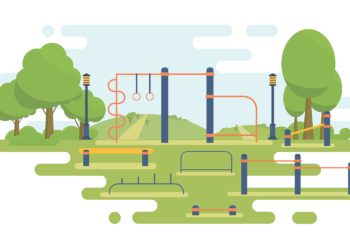Pool pumps consume a vast amount of energy. To reduce costs associated with water circulation, Variable Frequency Drives (VFD) are now available to lower consumption that also extend the pump’s motor life.
VFDs allow the pump to run at its most efficient point and maintenance costs drop due to motor protection, motor soft start and a significant decrease in water hammer protecting the shaft and impeller.
Installing a VFD to your pump immediately lowers energy costs by 5 to 10 percent by simply dialing in the pump where it actually needs to be. VFDs do the following:
- “Right-size” your pump to the exact flow required.
- Save energy with constant flow as the filters get dirty with optional flow sensor.
- Offer “off-hour” flow management capability.
- High efficiency up to 98 percent – adjusts drive input voltage for best efficiency.
- Eliminates need for motor starters.
- Two-step ramps – soft start feature.
- Provide overload trip protection for motor and drive from voltage spikes and phase unbalance.
- Save up to 60 percent or more on pump’s electricity usage.
Step 1: Choose a VFD
All you need to know is the phase going to the pump — single or three; the voltage going from the power source to the VFD; the horsepower of the pump onto which you are installing the VFD, and whether the drive will be installed indoors and outdoors.
Step 2: Install the VFD
The incoming power from the power source basically gets wired to the incoming side of the VFD and then the pump motor gets wired to the outgoing part of the VFD.
Step 3: Ensure Correct Pump Selection
Proper pump selection – sizing – and optimal flow rates are key to lowering energy usage. Many pool pumps are oversized by design and bigger than needed.
Even with the advantages explained, some find the cost of a VFD hard to justify. However, the price should be compared to the expense of doing nothing before ruling out a VFD.
For example, using a single-speed pump a facility might have operational costs of $900 per year. After five years, the facility will have spent $4,500 to operate the pump. Comparable operational costs with a VFD may be as little as $200 per year or less than a quarter the cost during the same five-year period.
EXTRA CREDIT: The University of North Carolina shares about its partnership with Pentair.
To quantitatively work on reducing the pump operating costs, start by determining exactly what it costs to run your system. Determine the GPM (gallons per minute) and TDH (total dynamic head) of the pump, how long each day the pump runs, and what the cost per kilowatt hour your power company is charging. Once you have a clear dollar figure to tackle, you will find that adding a VFD is a no-brainer.
Mike Fowler is the commercial sales manager for Pentair in Sanford, N.C. He has been with Pentair since 1992, starting his career in the technical services department at Purex Pool Products. Fowler has held many managerial roles within the company, including marketing, customer management and products. He can be reached via email at mike.fowler@pentair.com. Visit pentair.com for more information.










